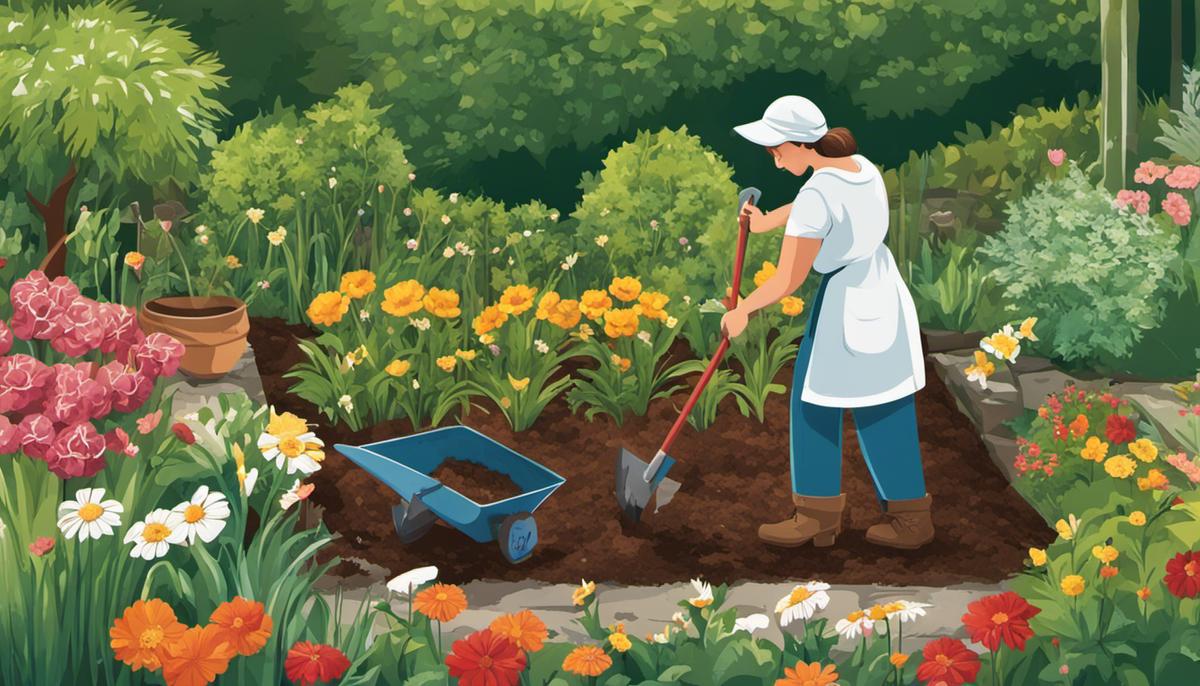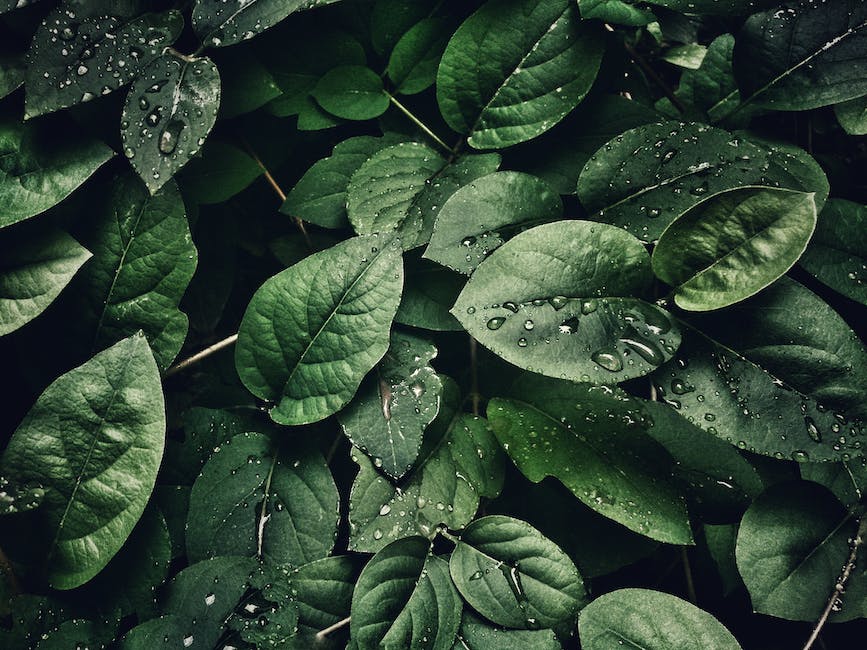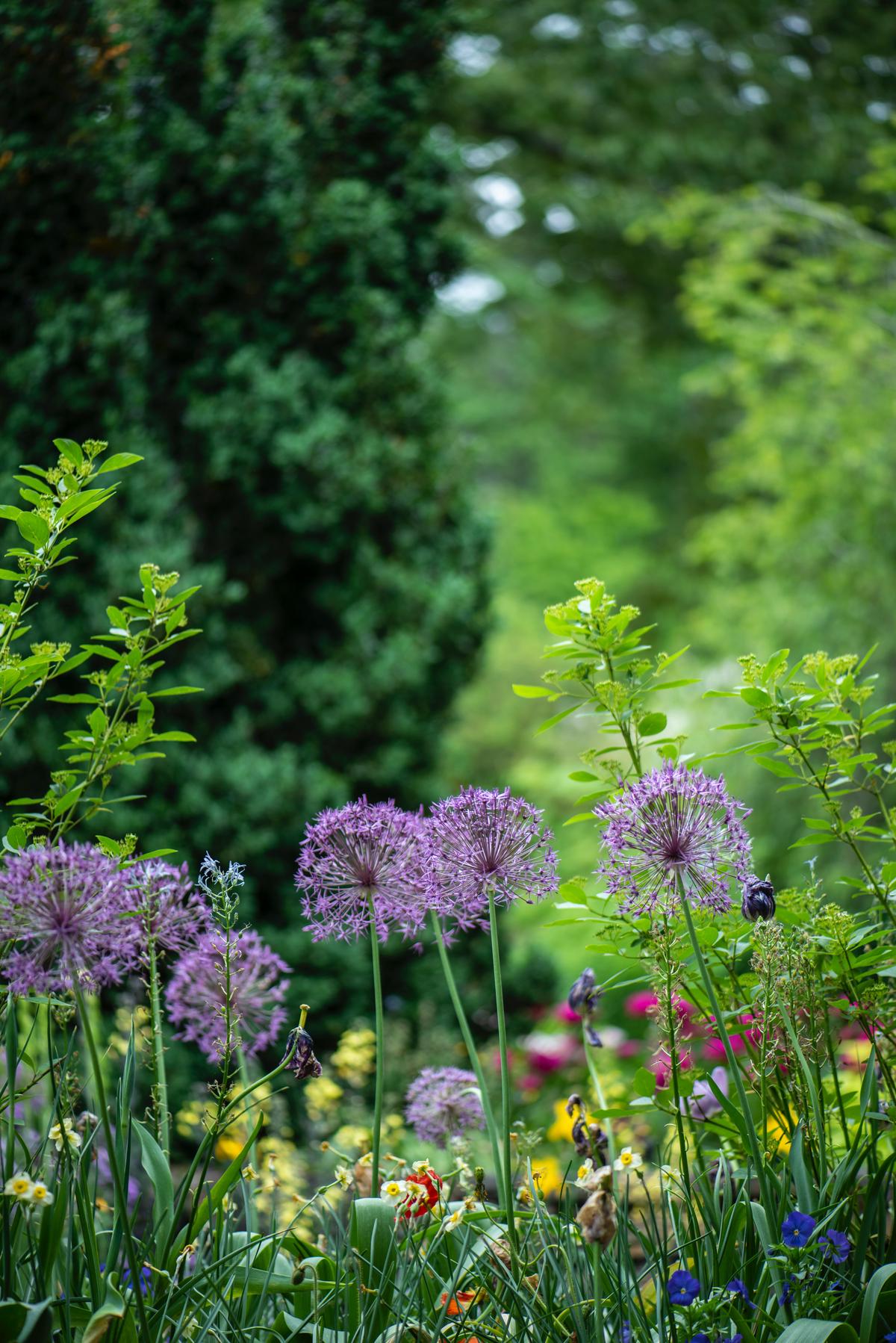Beginner’s Guide to Successful Gardening

Welcome to the therapeutic realm of gardening, where you not only beautify your surroundings but also revive your spirit. Just like an artist needs to understand the essence of colors, a gardener must grasp the basics of plants, soil, water, and light. Whether you want to enjoy the blooming flowers in your garden, the fruits and vegetables from your backyard, or the exhilaration of nature, this journey begins with understanding fundamental concepts of gardening. As you broaden your understanding of various plant types, growing seasons and the role of light in plant life, you embrace the world of gardening one seed at a time. Finding the right plants for your space plays into this exciting expedition, rooted in practical considerations of geographical suitability, garden conditions, and space availability. So, fasten your seatbelts and gear up for an enlightening journey into the world of gardening, where learning and thrill go hand in hand.
Understanding the Basics of Gardening
Fingers in the Earth: Fundamental Principles of Gardening for Beginners
There’s something almost magical about burying a tiny seed in the ground, nurturing it with the essentials, and watching it beauty burst into life! Gardening is undeniably one of the most therapeutic and rewarding hobbies one can invest time and energy into. It’s not just about cultivating beautiful blooms, but also a perfect blend of patience, knowledge, and care. For budding garden enthusiasts eager to start their botanical journey, here are the fundamental principles of gardening to learn and grow.
-
Know Your Buds (Soil):
First thing’s first: soil is the life-source of any gardening initiative, and understanding it is paramount to a garden’s success. Based on the geographic location, soil varies in composition, structure, and acidity. It’s crucial to conduct a soil test which reveals vital information like pH level, nutrient content, and soil type. This understanding will guide the selection of plants that thrive in the given soil conditions.
-
Appreciate the Sun (Sunlight):
Sunlight is the elixir of life for plants. Plants perform photosynthesis, transforming sunlight into food. Getting attuned to the sunlight needs of different plants is fundamental. While some plants bask in full sun, others prefer partial sunlight or shade. Spend time studying the layout of your garden, its sunny spots, and shadows at different times of the day before deciding on plant placement.
-
Sip, Don’t Drown (Watering):
Believe it or not, overwatering is a top killer for many plants. Plants need water, but each species has a unique requirement. Some thrive with frequent watering while others demand a more arid environment. It is essential to grasp the ‘parsing out’ principle of watering – providing water in right intervals based on each plant’s unique needs to prevent root rot.
-
Feed Well, Grow Well (Fertilizing):
Just like humans, plants need food, too! Fertilizers replenish the soil with necessary nutrients and keep plants healthy. But, be careful as over-fertilization can harm the plant. The key is to balance the nutrient supply—fertilizer type, quantity, and frequency should be tailored, considering the plant type and soil health.
-
The Good, the Bad, the Ugly (Pest Control):
Every garden invariably welcomes uninvited guests – pests! To maintain a flourishing garden, having an understanding of pest control is essential. Developing an Integrated Pest Management (IPM) strategy, which involves regular garden inspection, identification of pests, bio-control methods, and as the last resort, safe use of pesticides, can help address this issue systematically.
-
Passion Plants Power (Choosing the Right Plants):
A garden isn’t just a random collection of plants, but a conscious selection based on several factors like weather, soil type, sun exposure, and gardening goals. Whether it’s a profusion of blooming beauties, a crisp vegetable patch, or a low maintenance xeriscape, growing what you love adds passion and purpose to gardening.
-
Love ’em Tender (TLC):
Lastly, the universal principle that works wonders in gardening is Tender Loving Care. Regular weeding, well-timed pruning, and keen observation for early signs of any plant distress goes a long way in maintaining a joyful garden.
In the grand odyssey of gardening, knowledge is power, and patience is the key! As fingers dig deeper into the earth, and hearts beat in sync with nature, gardening truly becomes a soulful journey of growth, nurturing, and joy. Embrace these fundamental principles and embark on the delightful journey of seeing life spring from your very fingertips!

Choosing the Right Plants for Your Garden
Cultivating the Perfect Garden Ensemble: Mastering Plant Selection for Your Climate and Location
Cultivating a vibrant and thriving garden is more than just understanding soil composition, perfecting watering techniques, or even mastering pest control. It’s about creating an ecosystem where each plant not only survives but thrives, and knowing which plants are best suited for your specific location and climate is absolutely key.
The first factor to consider in this selection process is hardiness. This idea refers to a plant’s ability to withstand cold, frost, heat, and other weather elements. Your geographical location has a set hardiness zone assigned by the USDA, representing the average climatic conditions of the area. Check the plant tag or seed packet to confirm that it’s rated for your zone.
Now, it’s time to observe your garden’s microclimate. Gardens are comprised of various microclimates; areas that receive different amounts of sunlight, wind, or rain. Take note of these subtle variations and choose plants accordingly. For example, opt for drought-tolerant species like succulents for the sun-blasted side of your house or moisture-loving ferns for that perpetually damp corner.
Altitude can often be overlooked yet substantially affects plant growth. Higher altitudes can be harsh, with thin air, reduced CO2, brighter light, and greater temperature fluctuations. Plants native to mountainous regions, such as many species of conifers or wildflowers, can manage these tough conditions. Conversely, low-altitude and coastal areas can support more exotic species due to their more consistent climate conditions.
Another golden rule to follow while selecting the right green companions for your garden is looking towards native species. These plants have spent ages adapting to local conditions. They automatically sync with the local climate, soil types, and wildlife, making them easier to grow and maintain. For instance, if you live in the Midwest, Black-Eyed Susans or Coneflowers could be marvelous choices!
Creating a pollinator-friendly habitat can significantly contribute towards maintaining a thriving garden, and certain plants attract more pollinators than others. Infuse your garden with nectar-rich plants like Goldenrods, Milkweeds, or Asters to attract bees, butterflies, and hummingbirds. They’ll not only offer a captivating spectacle but also aid in the pollination process, maintaining your garden’s healthy cycle of life.
One final piece of wisdom—nature appreciates diversity. Cultivating a variety of plants with different blooming cycles, sizes, and colors, will make your garden resilient to changes and visually delightful. A heterogeneous selection of flora encourages a rich ecosystem teeming with beneficial insects and birds, forming a self-sustaining haven that’s buzzing with life throughout the year.
In conclusion, selecting plants for your garden means tuning in to your environment, showing respect for local conditions, and using a generous dash of creativity. The result? A flourishing oasis that echoes with the harmonious symphony of nature, providing you with countless hours of joy and contentment. Happy gardening!

Photo by boxedwater on Unsplash
Practical Gardening Techniques and Tools
Stepping into the delightful world of gardening, there are several vital skills, techniques, and tools that beginner gardeners need to arm themselves with to ensure a fruitful journey. With a foundation of understanding soil composition, plant selection, and maintenance strategies already laid out, let’s dive deeper into some indispensable aspects of gardening.
Firstly, there’s a whole new language to become fluent in – Garden Layout and Design. Understanding the placement of each plant plays a pivotal role in the overall success of any garden. Factors like taller plants blocking sunlight for shorter ones, spreading plants overwhelming slower growers, or one plant’s root system interfering with another’s can greatly impact a garden’s vitality. So, learning how to design a well-structured garden layout that offers space for each plant to thrive without hindering another is integral for any garden neophyte.
Once you’ve got design under your belt, next up is mastering the art of Garden Tools. A proper set of tools is like a magic wand in a gardener’s hand. Essential tools for the beginner’s kit includes handy pruners, a spade, a garden fork, a garden hose with an adjustable nozzle, a watering can with a long spout, a sturdy rake, and a pair of protective gloves. Each tool serves a unique purpose and saves a ton of time and effort when used correctly.
One of the many positive sides of gardening is that it keeps evolving with time and innovating in response to challenges. This makes Knowledge of Sustainable Practices an essential skill for gardeners. This covers practices like composting, mulching, and rainwater harvesting. Composting provides a rich nutrient supply for plants, recycling garden and kitchen waste into something beneficial. Mulching helps conserve water, reduces weed growth and enriches the soil as it decomposes. Rainwater harvesting is a sustainable and free water source that reduces reliance on precious groundwater reserves.
In addition to sustainable practices, awareness about Seasonal Gardening is crucial. Every season has something different to offer in the garden, from sowing seeds in spring, harvesting in summer, preparing for winter during autumn, and planning the next year’s garden during winter. Getting used to the ebbs and flows of nature’s clock and making it work to the advantage of your garden is a skill worth honing.
Lastly, Developing a Green Thumb. This can sound daunting, but it simply boils down to nurturing an instinct for plant care. This instinctive skill comes with time and practice. It involves sensing when a plant needs water just by the appearance of its leaves, detecting signs of pests or disease early, knowing when to fertilize and prune, and ultimately, being responsive to the needs of your garden.
No one ever became an expert gardener overnight. Every successful gardener has had to begin somewhere, and acquiring these practical skills, techniques, and tools not only guarantees a thriving garden but also promises a rich, engaging and delightfully rewarding gardening journey. Happy Gardening!

Maintaining the Garden: Identifying and Dealing with Common Pests and Diseases
Gardening is far from a mere game of seeds, soil, and water. It’s a delightful symphony involving a medley of factors. Each plays its own crucial role, often intertwining, harmonizing, and sometimes even clashing. To cultivate a thriving garden requires an understanding that expands beyond the basics. Weeding out the complexities, especially when it comes to addressing common challenges, pests, and diseases, is a green-fingered passion not easily mastered.
Battling pests and diseases is a chief concern that must be addressed, or one’s precious garden might just be on the precarious edge of wilting away. Browsers like deer, rabbits, or groundhogs can be a constant issue, depending on your geographical location. Erecting barriers or repellents should be considered to ensure that the garden is not an “all-you-can-eat” buffet for these visitors.
A myriad of common garden pests, like aphids, slugs, or Japanese beetles, can infest and damage plants. Each pest needs a targeted approach, which might mean a combination of organic deterrents, traps, or in some cases, chemical pesticides. However, remember, at the heart of gardening is balance; an occasional insect visitor could turn into a beneficial predator, aiding in restricting pests’ population.
Plant diseases, both bacterial and fungal, are often more challenging to detect and treat. Regular and thorough plant examination becomes a gardener’s strongest weapon. From leaf spots, molds to wilts, catching these signs early may be the difference between a plant’s life and death. Identifying the exact pathogen is essential. There’s an arsenal of do-it-yourself spray combinations, ranging from baking soda solutions to a simple mix of water and detergent, which can aid in overcoming these plant nightmares.
Intricately interlaced in the combat against pests and diseases is the core principle of prevention. Companion planting can be quite the game-changer, reducing the need for chemical pesticides. By planting specific plant species adjacent to one another, for instance, marigolds next to tomatoes, one can naturally deter pests. Crop rotation is another methodology that not only improves soil fertility but also disrupts the life cycle of pests and diseases.
Discerning plant color changes, unusual leaf drop, or stunted growth, and correspondingly responding with the correct diagnosis and solution is a skill honed over time. Mistakes may happen, a misdiagnosis might occur, but every defeat is a step closer to victory. Embrace this gardening journey, wholly absorb the bumps along the way, and witness as your efforts bloom into joyous fulfillment. Gardening is indeed an all-season voyage, your hand in Earth’s magic, and a symbol of fruitful labor.

The art of gardening doesn’t end with planting seeds and watering them, it’s about nurturing life and living it. As you get accustomed to your gardening routine, brace yourself for some surprises. The visits by unwelcome pests and the unexpected onset of plant diseases are just part of the journey of being a gardener. Even in these challenges, remember the strength of the ecosystem, the power of organic solutions, and the resilience that roots itself in inevitable hurdles. Over time, your garden – teeming with life, may require a different gardener, but the gardener – infused with lessons, knowledge, and spirit, will forever cherish the experience. Thus, every slide on the glove, every sprinkle on the seed, every snip on the bud, imbues you with a sense of fulfillment, engraving the joy of gardening into your life, dotting your existence with the fruits of your efforts and surrounding you with the aroma of accomplishment.



